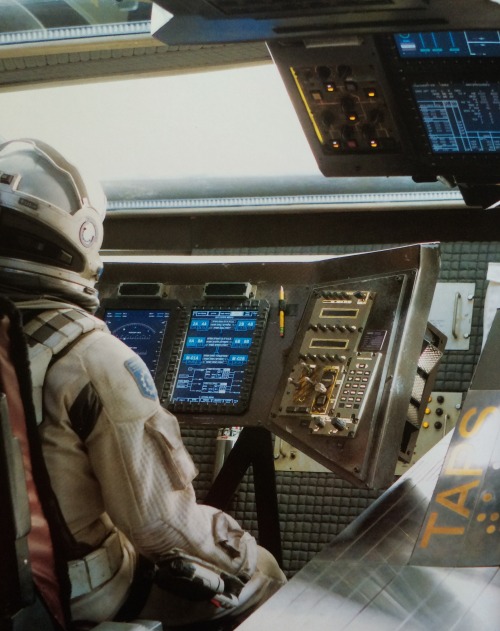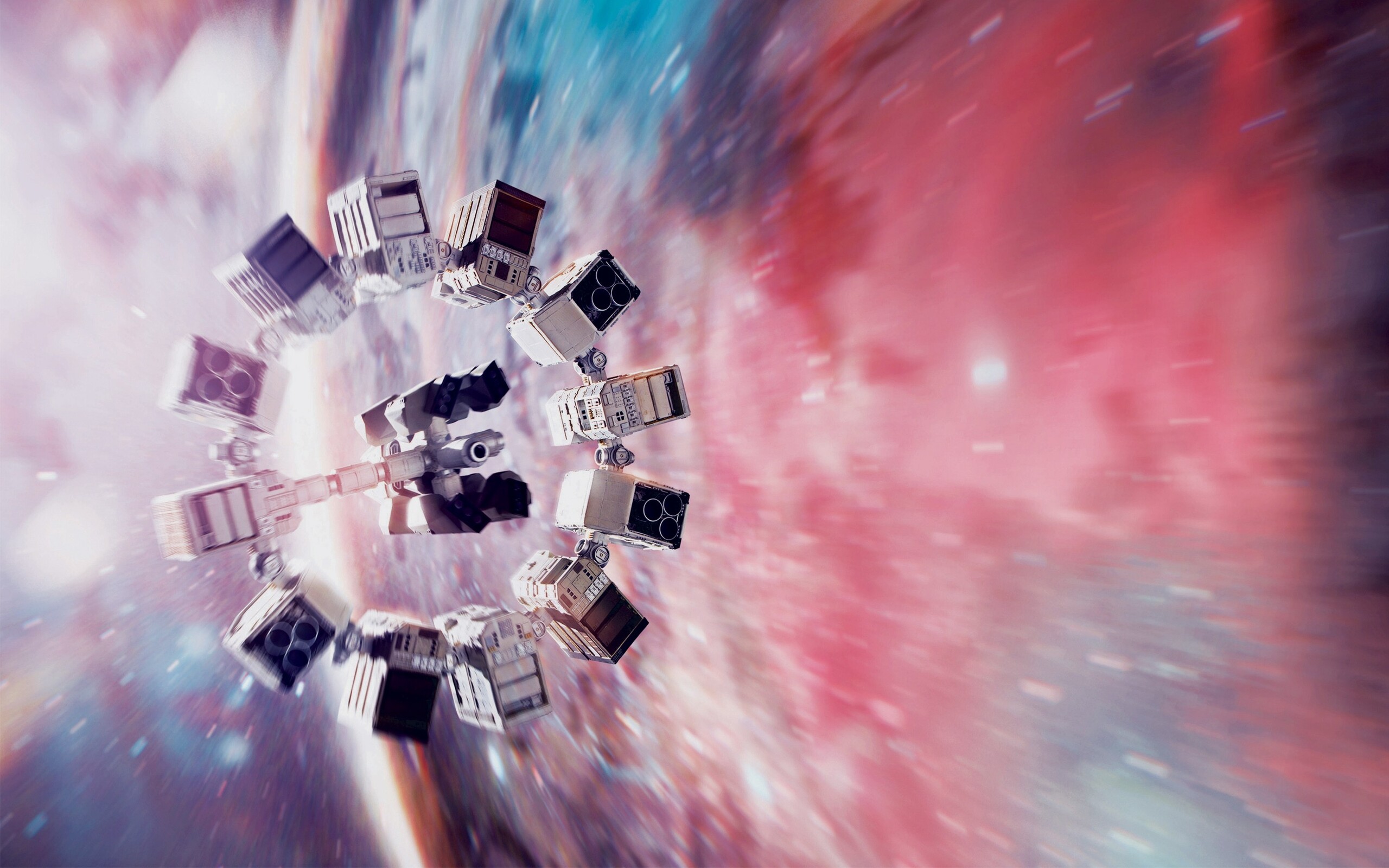

The following is an expression for the apparent weight (in g's) in a spinning spaceship. The apparent weight an astronaut feels depends on just two things (in a spinning spacecraft): the radius of the circle and the rotation speed (traditionally represented by ω). If you want a more complete derivation of the acceleration of an object moving in a circle, might I suggest Chapter 9 in my ebook on introductory physics - Just Enough Physics. A spinning spacecraft does essentially the same thing. Every time you turn your car, you can feel the forces on you that go along with this circular acceleration. However, even when it comes to his more outlandish and surreal film concepts, it's nice to know he's no stranger to tried and true camera tricks.Moving in a circle means you have to accelerate.

Still, one can probably imagine that Nolan would still prefer to shoot something on location rather than use The Volume, since that's just the kind of filmmaker he is. Wielded responsibly, The Volume takes an old concept and breathes new life into it to open even more possibilities. The utilization of this technology is quite controversial among film fans, but like any sort of filmmaking technique, good or bad filmmaking is not born from the tool itself, but rather the vision behind it. While the more traditional approaches to rear projection have been largely phased out, the concept is still alive in modern blockbuster filmmaking through the form of digital soundstages, like ILM's The Volume which has been prominently utilized in projects like "The Mandalorian," "The Batman," and "Thor: Love and Thunder." The Volume is essentially one large wall of LED screens that can generate virtual sets. Projecting a key element allows the actors to have something to interact with and adds a feeling of physicality that is captured in-camera. Rear projection offers something that green screen simply cannot: a sense of immersion. If you're familiar with filmmaking, you're probably wondering why Nolan didn't just opt for green screen. Look through the small double-paned windows, and what you see, projected on a large black floor-to-ceiling curtain, is a vertiginous swirl of stars, which is exactly what you would see if you were inside an actual spacecraft swiftly spinning to generate 1g of gravity." "Walking up into the narrow interior - designed from galleys, jump seats, and control panels salvaged from junked airplanes - is like trying to keep your balance inside a mystery-shack tilt-house. In "Interstellar," Nolan made sure that every window on his spaceship set would utilize rear projection, showing an endless swirl of stars, giving the spaceship set a feeling of authenticity.

A 2014 Entertainment Weekly feature about the making of "Interstellar" revealed that the technique Nolan used to give the set the illusion of floating through space was actually a lot more antiquated than one would expect: It was achieved through the use of rear projection. For his most personal film in his filmography, Nolan aimed to authentically capture the feeling of outer space on set of the fictional ship, the Endurance. Oftentimes, Nolan's films can be guarded and emotionally distant, but "Interstellar" is one where the filmmaker wears his entire heart on his sleeve.

His most CGI heavy film, 2010's "Inception," required over 500 VFX shots for its dazzling dream world mirror scenes and geometrically "folding" buildings, but even those were a mixture of old-school camera tricks alongside the newer technology. Despite his devotion to capturing his spectacles in-camera, Nolan does utilize CG special effects work more often than you may think. The difference is that he uses CGI as a supplement to what he's capturing on set rather than depending on it.


 0 kommentar(er)
0 kommentar(er)
